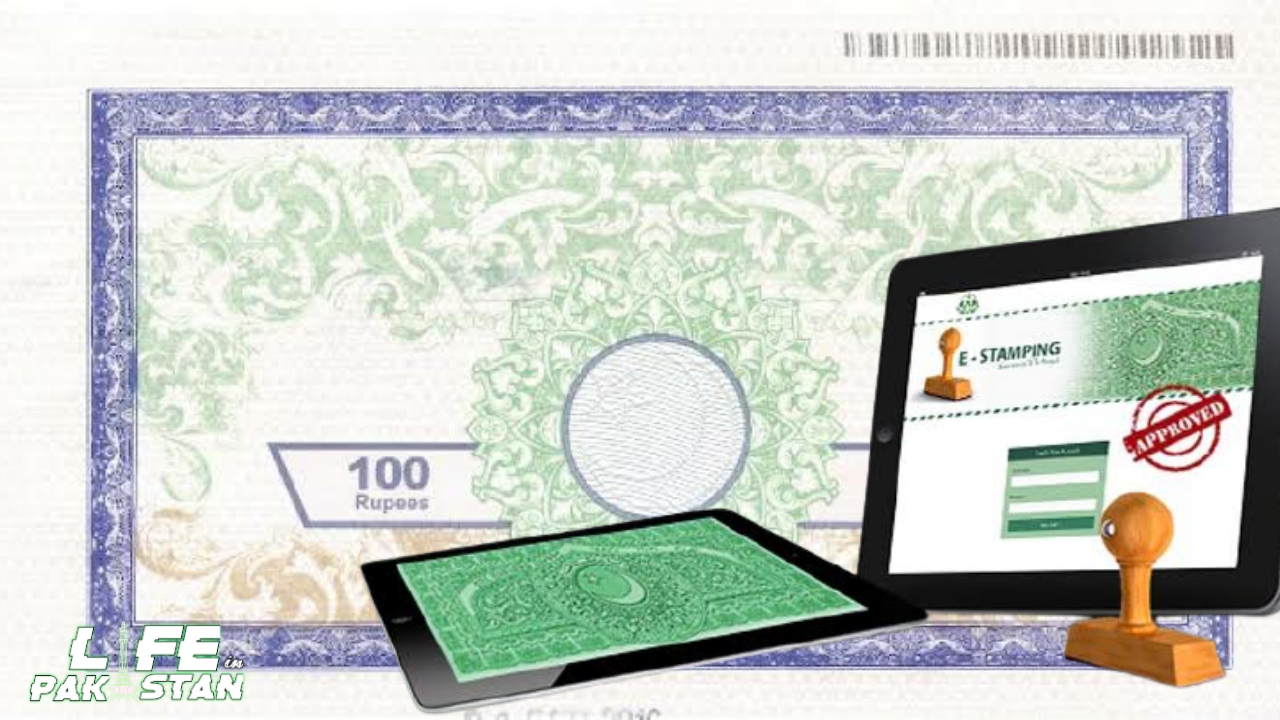Sindh govt plans to implement the e-Stamping in the province to facilitate the people of Sindh, Sindh revenue board member Mr. Shamshad Ali had an virtual meeting with the Pakistan information technology board (PITB).
Shahid Latif,Director General of the Pakistan technology board briefed him the benefits of the e-Stamping system, how it can be very useful for the common people’s.
Shahid latif appraised the Pakistan technology board members for their good work, how they are creating the easiness for the peoples of the Pakistan.
Member BOR Sindh lauded the efforts of PITB on its success while showing keen interest in the implementation of this model in Sindh. 3/3 pic.twitter.com/hZXmENIEVh
— Punjab Information Technology Board (@PITB_Official) February 22, 2021
As recently, to facilitate citizens and improve public service in the Punjab Government’s E-Khidmat Centers, Punjab Information Technology Board (PITB) and Bank of Punjab (BOP) signed Monday at Arfa Software Technology Park.
You May Also Like:Punjab Started issuance of Paperless one window Driving licence
The PITB e-stamping is a step towards transparent revenue generation through technology and eliminating the likelihood of financial theft through an efficient and responsible system.
It has saved the citizen from fraud, forgery, the agent mafia, long lines at the tax office and the banks, as the time it takes to receive stamps has been reduced from three days to 15 minutes, as is now the case in the 36 districts of the entire Punjab and 144 tehsils.
The e-stamp system has replaced the 117-year-old stamp system introduced to the subcontinent under colonial rule in 1899. The newly introduced system is online and anyone looking to purchase high quality stationery can access the system through a simple internet connection.
The value of the stamp duty is calculated based on the data provided by the buyer (area, location, covered area, commercial / residential area, etc.) and DC classification tables built into the system.
The names of the buyer, seller, and person from whom stamps are purchased are entered into the system along with their CNIC numbers. The system has enabled the common man to check the authenticity and value of the e-stamp paper by sending the built-in number to 8100 via SMS.
Based on the above data, the Challan Form 32-A is now created and the buyer of the notepaper can contact the nearest branch in the specified bank.
This type of challenge, 32-A, can be done by the citizens or by the bank or sub-registry office. Once the stamp duty is paid, the bank clerk prints the e-stamp paper on specially designed paper in a legal format.
When used, this stamp paper is offered to the sub-registrar / housing association / government / land developer. These authorities have limited access to the e-stamp database where they can browse e-stamp paper, eliminating the use of counterfeit stamps.
If stamp paper is used, these authorities notify the system and the same entry in the database will be deleted, limiting the reuse of e-stamp paper.
Type of e-stamp
- Judicial e-Stamp
- Non Judicial e-Stamp
Judicial and non judicial stamps, which are used to charge stamp duty under the Stamps Act of 1899. The judicial stamps are used for the judicial administration of courts, and non-legal stamps are used for related documents keep up with the transfer of ownership, commercial contracts, etc.
The non judicial stamp papers with a value of more than 1,000 rupees are called high quality stamp papers.
These stamps are only issued by the district offices. Almost 95.89 pieces of stamp duty revenue are levied on these high value stamps.
To get an e-stamp facility simply visit the official site of the e-stamp and click on the given options for your e-stamp, this facility also serves the, DC value calculations, compression fee paying, Ahl-e-Commission or Deficient, stamp duty payments, refund regeneration, and some other useful options.


